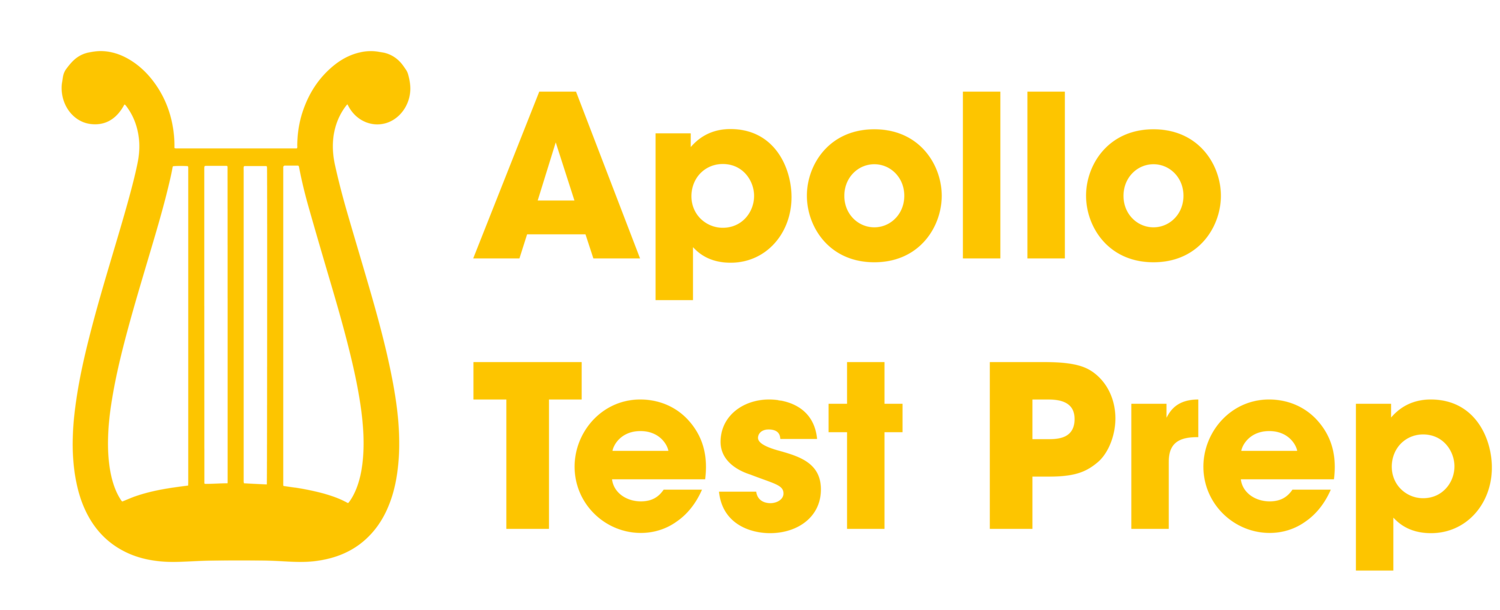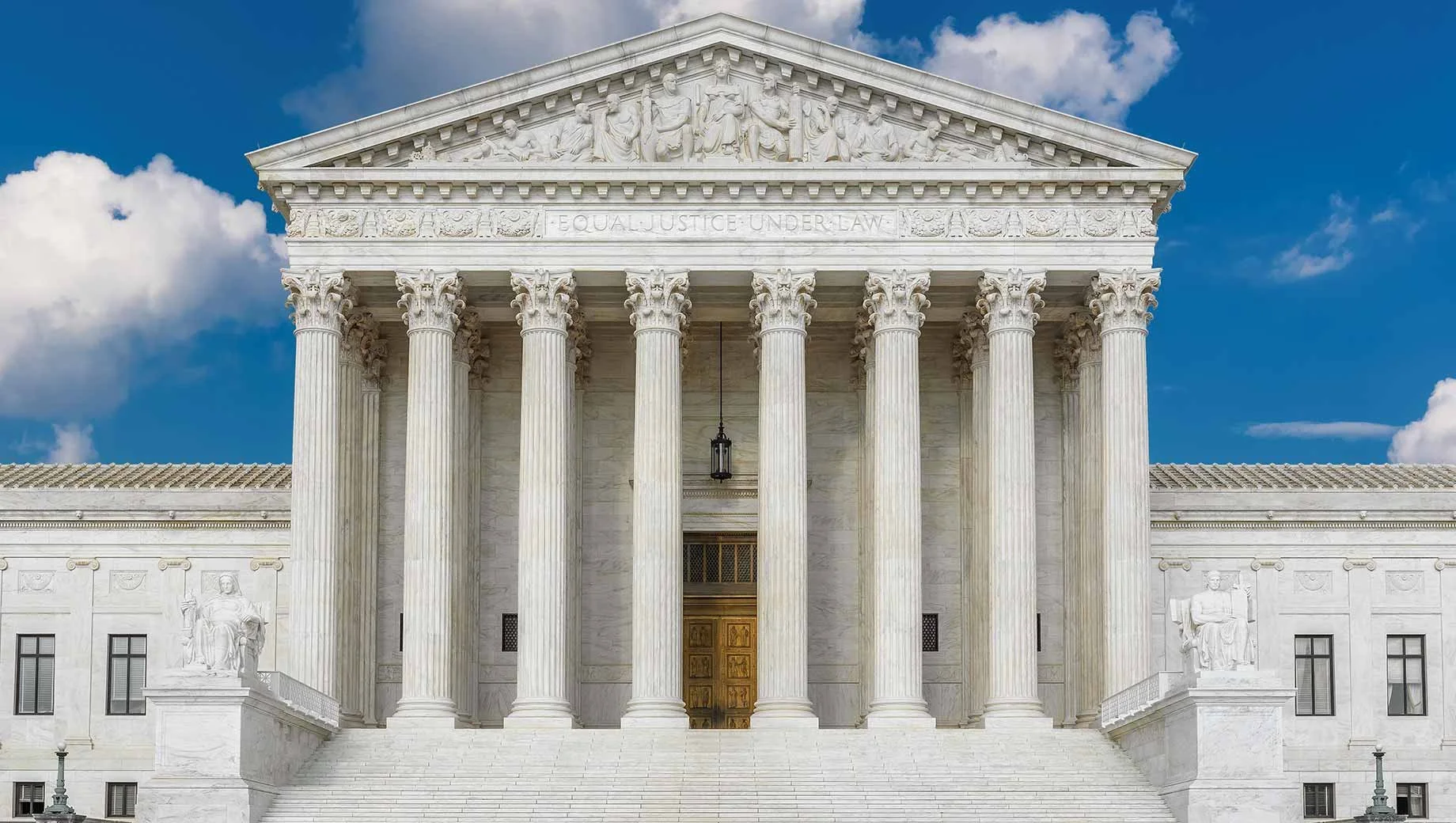What the Supreme Court Affirmative Action Ruling Means for Law School Applicants
In light of the recent U.S. Supreme Court ruling banning race-conscious admissions at colleges and universities, aspiring law students may be wondering how this significant decision will influence the future landscape of law schools, and their applications. Based on the experience of selective public law schools in states that previously banned affirmative action, we can project three primary changes:
1. The End of the "URM Boost"
One of the most notable transformations, likely to be observed over the next couple of years, revolves around the underrepresented racial minority (URM) boost in law school applications. In the past, this mechanism helped ensure a diverse student body by giving extra consideration to underrepresented law applicants during the admission process.
However, with the Supreme Court declaring race-conscious admissions unconstitutional, this URM boost is expected to diminish, if not disappear entirely. This change is expected to affect the racial demographics of law schools and potentially make the admission process more challenging for applicants from traditionally underrepresented groups.
2. Trickle Down Effect: Reduced Diversity in Law School Applicants
The Supreme Court's ruling is also likely to have repercussions that extend beyond the immediate context of law school applications. By decreasing diversity at the undergraduate level, the new ruling will probably cause a trickle-down effect, resulting in fewer underrepresented students applying to law schools.
As we have seen in the past, banning affirmative action leads to a significant drop in minority student enrollment. With fewer underrepresented undergraduates, there is a smaller pool of diverse students considering legal careers, which could further decrease racial diversity within the legal profession.
3. Schools Will Seek Alternative Diversity Strategies
While the ruling may seem like a significant shock to diversity in legal education, the experience of law schools in states that had previously banned affirmative action offers some insight into how schools might respond. In fact, institutions like the University of Michigan Law School and the UC Berkeley School of Law have already developed strategies to maintain and even increase class diversity without directly selecting for race.
These strategies include the creation of pipeline programs to introduce college students to legal careers and considering non-racial factors like family income and whether an applicant is the first in their family to attend college. In addition, law schools may invest more in recruiting at events targeting minority applicants and institutions with significant minority enrollment.
With the upcoming admissions cycle just now heating up, we likely won’t know the true impact of this decision until well into next year - we’ll keep you posted until then.
Want additional advice on navigating the LSAT and law school admissions? Book a free strategy call below!

